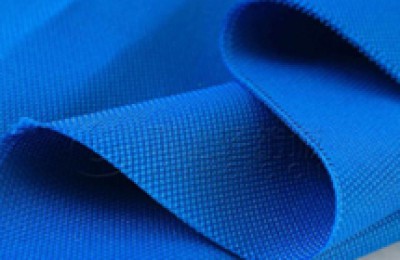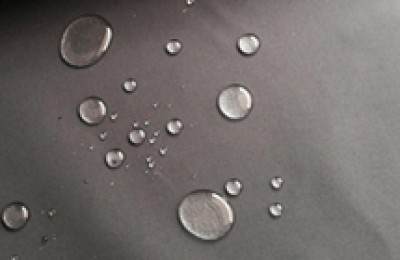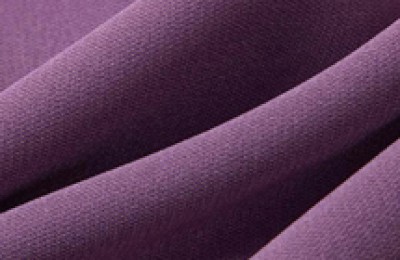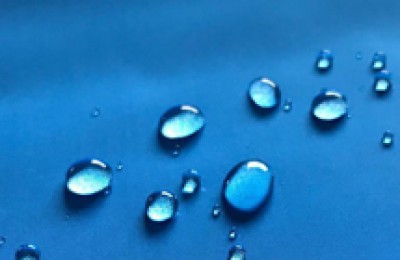Neps are an important indicator for yarn quality assessment. The technical requirements for cotton yarn grades not only stipulate the total number of neps and impurities in 1g of yarn, but also specify the number of neps. The nep content not only affects the appearance quality of yarn and fabric, but also affects the yarn structure and evenness as well as the yarn breakage rate.
The cause of neps
Neps are composed of single fibers Or multiple fibers are disorderly arranged and entangled to form round or granular fiber knots. The cause is that cotton fibers, immature cotton or stiff cotton are aggregated due to improper handling during ginning or spinning. The fundamental reason for the formation of neps is the rubbing and friction between fibers. Based on the causes of their formation, neps can be divided into two categories: neps caused by raw materials and neps caused during processing.
Neps caused by raw materials
Neps formed by raw materials include impurities and defects. Neps, such as neps formed by fibers attached to the cotton seed skin, neps formed by the adhesion of cotton wax, and neps formed during the cotton harvesting process. The number of neps is an indicator for evaluating the grade of raw cotton. Low-grade raw cotton has high impurity and defect content, fine fibers, poor maturity, and more neps formed during the production process. Therefore, the number of neps and impurities in yarn spun from different raw materials is incomparable and cannot be used as an indicator to measure the performance of spinning machines.
Neps caused during processing
Neps caused during processing The neps include the neps caused during the rough processing, ginning and spinning production of raw cotton. The neps formed by ginning are mainly the neps produced by the sawtooth gin; the neps caused by the spinning process include the neps formed during fiber opening and carding, the friction resistance of the fiber channel and the sticking, entanglement, blocking, Neps formed by hanging, and neps produced by hook fibers during the drafting process.
>>Neps formed during fiber opening and carding
Currently, there are two ways to open and card fibers, namely free loosening and holding loosening. During the process of opening and carding, the fibers are constantly subjected to axial and radial stress to produce strains. Some fibers have fatigue problems, resulting in a decrease in their own strength and bending stiffness, resulting in bending deformation and kinking with each other to form neps. The free loosening effect is gentle, causing small deformation and few neps; the holding loosening effect is violent, causing large deformation and many neps.
The opening and carding effects of the beater of the cleaning machine and the licker-in of the carding machine on the held fibers are the main parts that cause fiber deformation and the formation of neps. The knots are mostly loose large neps. The combing machine alternately holds and combs both ends of the cotton bundle, which not only produces a small number of neps, but also eliminates many neps through waste. When carding or condensing fibers between the cylinder and the movable flat plate, fixed flat plate, or doffer, due to the large centrifugal force of the fibers on the surface of the cylinder card clothing, the fibers are easy to detach when the distance is large, and they are in the gap between the cylinder card clothing and the adjacent card clothing. , lose control and become floating fibers. Because there is a large speed difference between the opposite card clothings, the floating fibers are easily rubbed and formed into knots; the number of floating fibers affects the number of neps formed by rubbing and rubbing.
>>Neps formed by sticking, entangling, blocking and hanging
Abnormal phenomena such as sticking, entangling, blocking, and hanging can easily cause severe friction, which can lead to the twisting and rubbing of fibers to form neps, which are mainly manifested in the following aspects:
(1) When the cylinder, cover plate and doffer clothing racks are blunt or have counter-thorns, the fibers cannot be transferred smoothly. Some fibers float between the racks and are rubbed by other fibers on the two rack surfaces. Neps will form.
(2) When the distance between the lick-in roller and the cylinder is too large, the surface of the rack will be rough, resulting in poor peeling between the cylinder and the lick-in roller, and the lick-in roller will return the fibers. Bring it back to the cotton feeding board, and the cotton fibers will rub with each other, resulting in a significant increase in neps.
(3) The teeth of the cylinder clothing rack are bruised and rough, the rack has oil stains and rust spots, and the distance between the cylinder and the doffer is too large, and the transfer rate is low. This will cause the cylinder to twist around, resulting in an increase in neps.
>>Neps formed by the frictional resistance of fiber channels
Since the tumbling and friction of fibers in the cleaning and cotton conveying channels will cause the fibers to twist and form neps, the fiber channels should be made smooth and clean, and the negative pressure in the cotton conveying pipes should be increased to ensure smooth cotton flow and no blockage.
>>Neps formed by hook fibers during the drafting process
During the drafting process, fibers with poor separation and parallel straightness in the slivers are easily entangled and pulled into neps. Among them, hook fiber is the main reason for the increase of neps during drafting. During drafting, the hook part of the fiber is held by the doffer wire rack, while the straightened part is exposed outside the doffer wire rack. The straightened part will be bent by the airflow formed by the doffer rotation, causing the number of hook fibers to increase. The more neps are formed in the slivers during the drafting process.
>>Neps formed by other reasons
Opening and cleaning The cotton clumps, cords, and unexcluded fiber impurities, short fibers, and harmful defects formed during the carding process can easily be converted into neps during the carding process; neps formed by flying flowers falling on the whiskers; equipment presence Mechanical defects, such as worn rubber rings or poor assembly, spindle eccentricity, worn travellers, etc. may also form neps.
Nep countQuantity is one of the most important indicators that determines the grade of yarn. To reduce neps, we must first understand neps. We cannot blindly talk about reducing neps and use technical means randomly. We must combine the actual situation of textile enterprises and choose the most effective ones. , the most direct and cheapest method, that will be effective. </p







